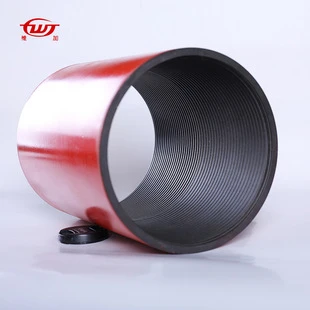- Afrikaans
- Albanian
- Amharic
- Arabic
- Armenian
- Azerbaijani
- Basque
- Belarusian
- Bengali
- Bosnian
- Bulgarian
- Catalan
- Cebuano
- Corsican
- Croatian
- Czech
- Danish
- Dutch
- English
- Esperanto
- Estonian
- Finnish
- French
- Frisian
- Galician
- Georgian
- German
- Greek
- Gujarati
- Haitian Creole
- hausa
- hawaiian
- Hebrew
- Hindi
- Miao
- Hungarian
- Icelandic
- igbo
- Indonesian
- irish
- Italian
- Japanese
- Javanese
- Kannada
- kazakh
- Khmer
- Rwandese
- Korean
- Kurdish
- Kyrgyz
- Lao
- Latin
- Latvian
- Lithuanian
- Luxembourgish
- Macedonian
- Malgashi
- Malay
- Malayalam
- Maltese
- Maori
- Marathi
- Mongolian
- Myanmar
- Nepali
- Norwegian
- Norwegian
- Occitan
- Pashto
- Persian
- Polish
- Portuguese
- Punjabi
- Romanian
- Russian
- Samoan
- Scottish Gaelic
- Serbian
- Sesotho
- Shona
- Sindhi
- Sinhala
- Slovak
- Slovenian
- Somali
- Spanish
- Sundanese
- Swahili
- Swedish
- Tagalog
- Tajik
- Tamil
- Tatar
- Telugu
- Thai
- Turkish
- Turkmen
- Ukrainian
- Urdu
- Uighur
- Uzbek
- Vietnamese
- Welsh
- Bantu
- Yiddish
- Yoruba
- Zulu
casing collar
Casing Collars An Essential Component in Oil and Gas Drilling
Casing collars play a pivotal role in the oil and gas drilling industry, serving as vital components that ensure the safety and efficiency of drilling operations. As drilling activity continues to expand across various regions, understanding the function, design, and importance of casing collars becomes essential for industry professionals and stakeholders.
At its core, the casing collar is a mechanical device used in the well construction process. It is typically installed at specific intervals within the casing string, providing a point of reference that marks the end of one casing section and the beginning of another. This is critical during the drilling process, as it helps to secure the casing string and allows for the proper alignment and functioning of various tools and equipment used in the wellbore.
One of the primary functions of the casing collar is to facilitate the installation of additional drilling equipment, such as the casing or production strings. By providing a stable and reliable connection, casing collars ensure that the integrity of the casing string is maintained throughout the drilling and production phases. This is particularly vital in challenging geological formations where the risk of wellbore instability is high.
casing collar

Casing collars also serve as effective markers for depth. Each collar is typically engraved with relevant information, such as the depth at which it has been installed and the type of casing used. This information is invaluable for drilling engineers and geologists as they monitor the progress of the drilling operation, troubleshoot issues, and make informed decisions about the next steps in the process.
From a design perspective, casing collars are engineered to withstand significant pressure and stress. They are usually constructed from high-strength steel or other durable materials capable of resisting the corrosive effects of the downhole environment. The design of casing collars can vary, often depending on the specific requirements of the drilling project. Some collars are equipped with additional features, such as anti-rotation mechanisms or built-in sensors for real-time monitoring of well conditions.
Furthermore, the importance of casing collars extends beyond mere functionality; they are also integral to ensuring the safety of drilling operations. A well-designed and properly installed casing collar can prevent wellbore collapse, control fluid flow, and mitigate risks associated with blowouts, all of which are critical to the safety of personnel and the environment.
In conclusion, casing collars are indispensable components in the oil and gas drilling industry, providing structural integrity and safety throughout the drilling process. Their ability to facilitate equipment installation, serve as depth markers, and withstand harsh downhole conditions underscores their significance. As the industry continues to innovate, the evolution of casing collar design and technology will undoubtedly play a crucial role in enhancing drilling efficiency and safety. Understanding these components is essential for anyone involved in drilling operations, from engineers to field personnel, as they navigate the complexities of modern oil and gas exploration and production.
-
Tubing Pup Joints: Essential Components for Oil and Gas OperationsNewsJul.10,2025
-
Pup Joints: Essential Components for Reliable Drilling OperationsNewsJul.10,2025
-
Pipe Couplings: Connecting Your World EfficientlyNewsJul.10,2025
-
Mastering Oilfield Operations with Quality Tubing and CasingNewsJul.10,2025
-
High-Quality Casing Couplings for Every NeedNewsJul.10,2025
-
Boost Your Drilling Efficiency with Premium Crossover Tools & Seating NipplesNewsJul.10,2025







